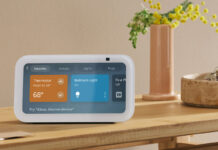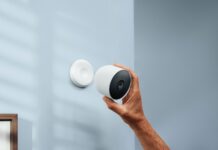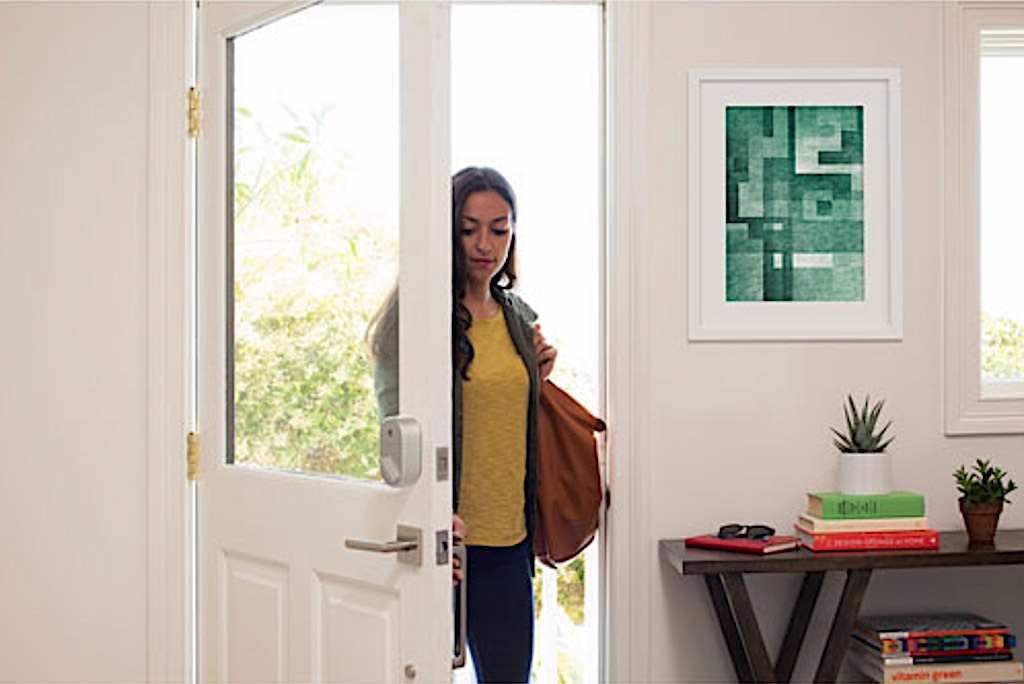
Planning for the ideal Smart Home can not only lead to enhanced home security, great energy savings, and an enormous level of convenience, but it can also be a whole lot of fun. If you’d like to get started planning your own smart home, join me today as I try to formulate a three-pronged plan for a great smart home comprising the 3 pillars of smart home tech: security, convenience, and energy savings.
General smart home planning
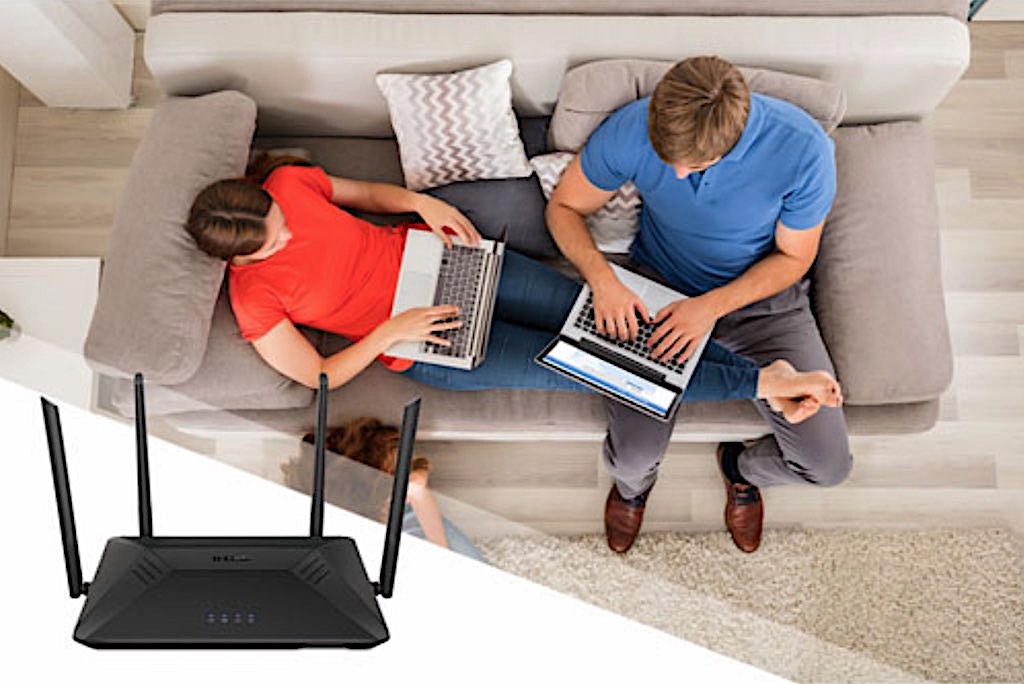
Before you do anything else, I would advise taking care of the Wi-Fi and Networking aspect of your smart home by picking up a powerful new router. Fully stocked smart homes can take up a lot of your home’s Wi-Fi network bandwidth, which a new router will certainly help with—not to mention that they also have some really great security advantages. I recently recommended (in a related post) Brad Moon’s excellent article on routers entitled A more secure smart home starts with a secure router, but I’m going to do it once again now as Brad can definitely provide you with useful and accurate router information much more succinctly and knowledgeably than I can.
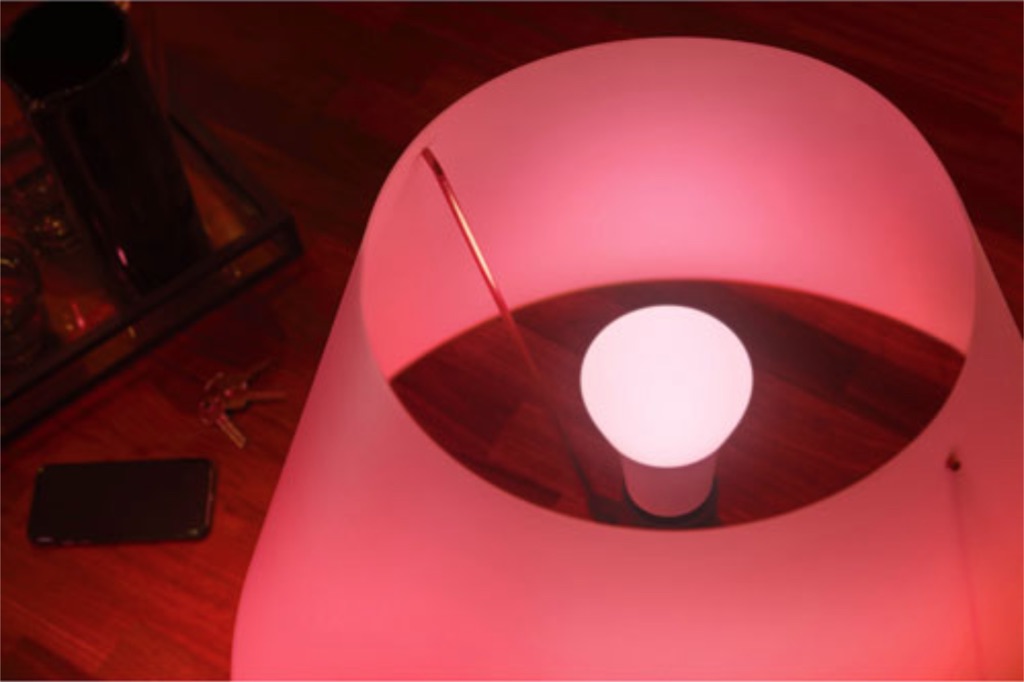
I also wanted to mention that some categories of smart home products fit nicely into more than one of our aforementioned 3 pillars of smart home technology. For instance, Smart Lighting arguably fits nicely into any of the three categories. It can enhance your home’s security by lighting up dark corners of your home and yard for your cameras to record. It’s super convenient with its ability to be controlled from anywhere—or even just with your voice when combined with a smart speaker. And its highly efficient bulbs will light up your life without costing you an arm and a leg in energy costs.
Planning for security
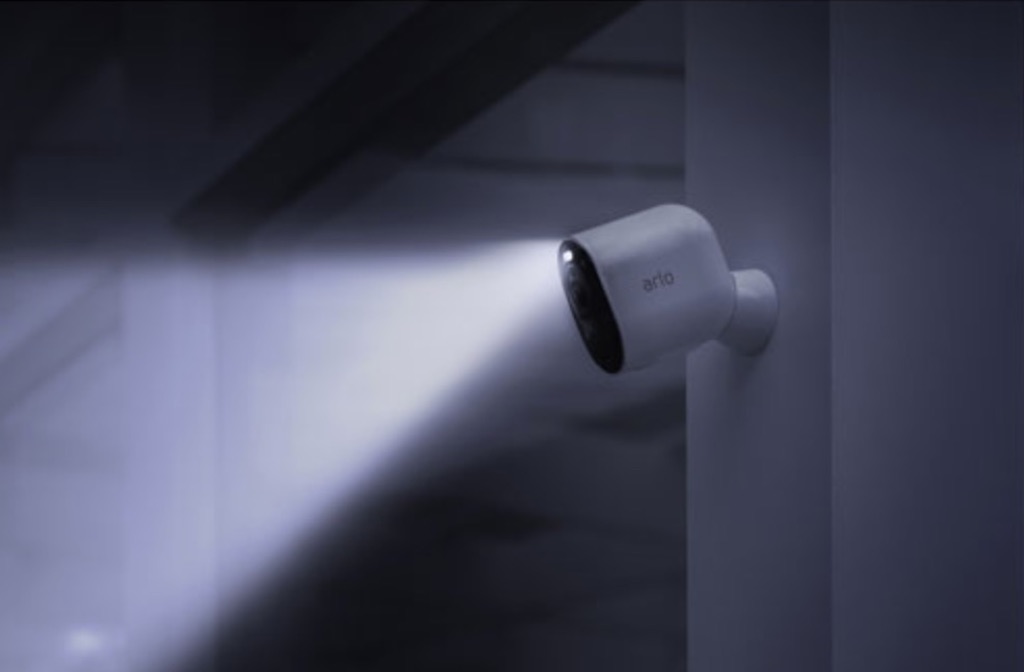
Planning for smart home security is relatively easy. There are really only a few main product categories that you need to concern yourself with. The big 2, in my own opinion, are Smart Locks and Video Doorbells and Smart Security Cameras, though Smart Security Alarms and Motion Sensors and Smart Safety Sensors and Detectors can also be very useful. For the purposes of planning your own smart home, I would begin with smart locks and doorbells first and see how you like those before moving on to other products.

With smart locks and doorbells, you can easily control who can enter your home, and when. They’re also easy to install without the help of a professional in just a few minutes. Once your smart lock is set up, you’ll enjoy features like the ability to lock and unlock your door remotely via your smart phone, the ability to check and see if you door is locked no matter where you are, and (in many cases) the ability to distribute temporary electronic keys to those you deem worthy. If you also happen to have a video doorbell, you can see who is at your door and answer it remotely from anywhere in the world—or tell an annoying visitor to scram!
As for smart cameras, dedicated models are available for indoor or outdoor use (sometimes both), and they’re able to send alerts to your phone and begin recording footage when someone enters their field of view. They’ll record whoever comes and goes, and in some cases a built-in microphone even allows you to talk to your visitors/trespassers. Smart security cameras are easy to install and set up, provide great peace of mind whether you’re at home or away, and can also provide excellent video evidence in the event of a break-in.
Planning for energy savings
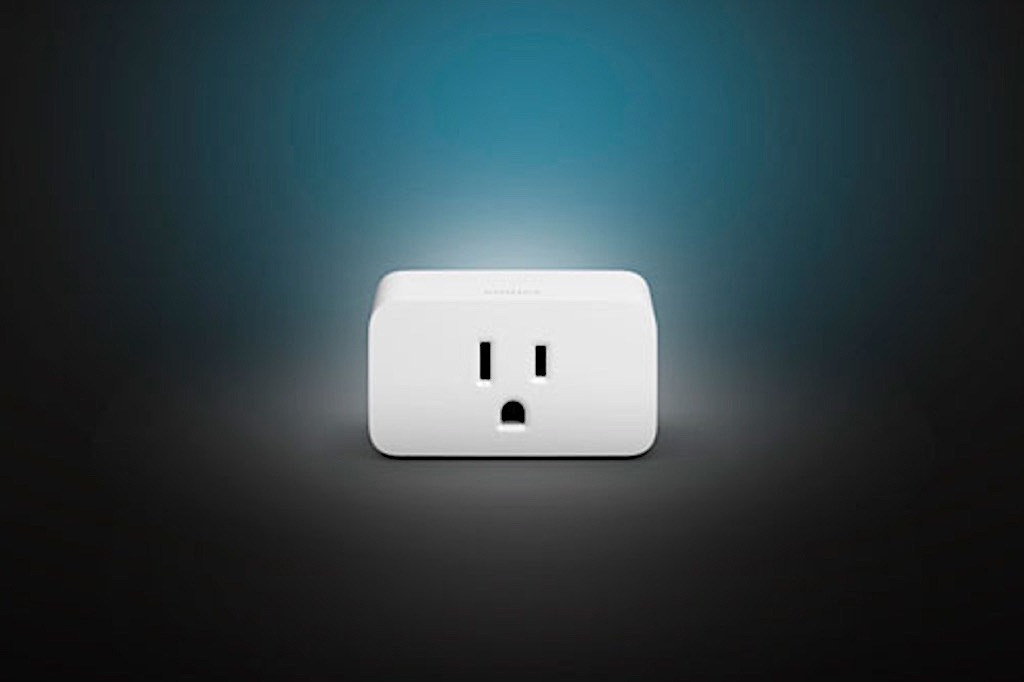
The energy savings category might not be the most glamorous of the 3 smart home pillars, but it is rather important if you like saving money! Within this category you’ll find categories like Smart Plugs and Switches and Smart Thermostats. Of these, Smart Plugs is probably the best place to start if you’re just in the planing stages of your smart home.
This is because smart plugs are super easy to install (they just plug into your existing wall sockets), and they allow you to control whatever else is plugged into them, meaning you can better manage your home’s energy output. You can turn things like lamps on and off remotely with your phone (with is great if you leave the house and later realize that you left something on), and you can even set timers to get things like your coffee maker going in the morning before you’re even fully awake (a great time saver!).
Although Smart Switches are also very useful and can help with energy savings, they do require hardwiring into your home’s electrical system, so I wouldn’t necessarily advise starting out with them, but I’d certainly consider adding a few later on. When it comes to planning your own smart home, my suggestion is to begin with the easiest stuff first. Once you get used to the most basic products, you’ll have acquired the knowledge and confidence to begin adding more sophisticated bits and pieces.

And speaking of more sophisticated stuff, the Google Nest Wi-Fi Smart Learning Thermostat – 3rd Generation is a must have device for the true smart home connoisseur. You don’t necessarily need to begin with a device like this, but as your smart home develops, you’ll probably eventually want one. After all, this device can reduce your home’s energy consumption by up to 20% over time as Nest’s smart learning technology learns your heating and cooling schedule and preferences over time and uses that data to program itself for optimal performance. And this is just one of the many amazing things that this fine product can do. I would suggest visiting its Best Buy product page to learn all about it.
Planning for convenience
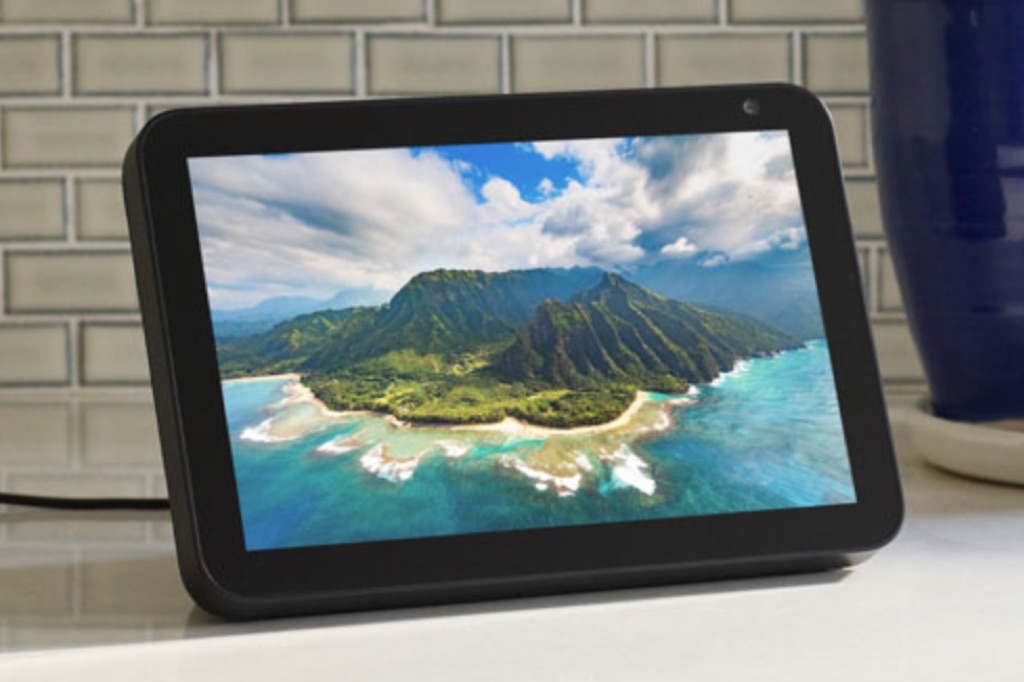
Convenience is probably the most fun category of the 3 pillars of smart home tech, and that’s because the goal here is to make your life easier. Once again there’s a great deal of overlap between what’s convenient and what meets the requirements of one or more of the other categories. However, when it comes to smart home convenience, nothing quite matches up to Smart Speakers and Displays.
Whichever of these options you choose, you’ll have access to one of the world’s leading smart voice assistants (like Alexa, Siri, or the Google Assistant). This means that you can not only get instant audible answers to a multitude of your most frequently pondered questions, but you’ll also gain voice control access over your other smart home devices. If you mix and match your smart home products well (which may require some study), you’ll likely end up with a complex smart home system that can be entirely controlled by your voice. Although there are many other convenient smart home devices, this is the area I would recommend starting in. In fact, I personally prefer a smart display as it offers a visual component that regular smart speakers just don’t have. There’s really nothing quite like getting a visual answer to your audible question.
Well, that’s all I’ve got to say for now. But remember, planning your smart home is just the beginning of the journey, so you needn’t worry about trying to incorporate everything all at once. Just start with a couple of products that interest you—or by focusing on one particular area of smart home tech (as in one of the 3 pillars), and expand outwards from there as you become more and more comfortable. If you approach it in small steps rather than all at once, you’ll learn a lot as you go, avoid making certain mistakes (especially where product to product compatibility is concerned), and you’re far less likely to become overwhelmed with the process. Besides, it really won’t take all that long to get a truly sophisticated Smart Home up and running if you just take your time and do things in a manageable way. Good luck!


